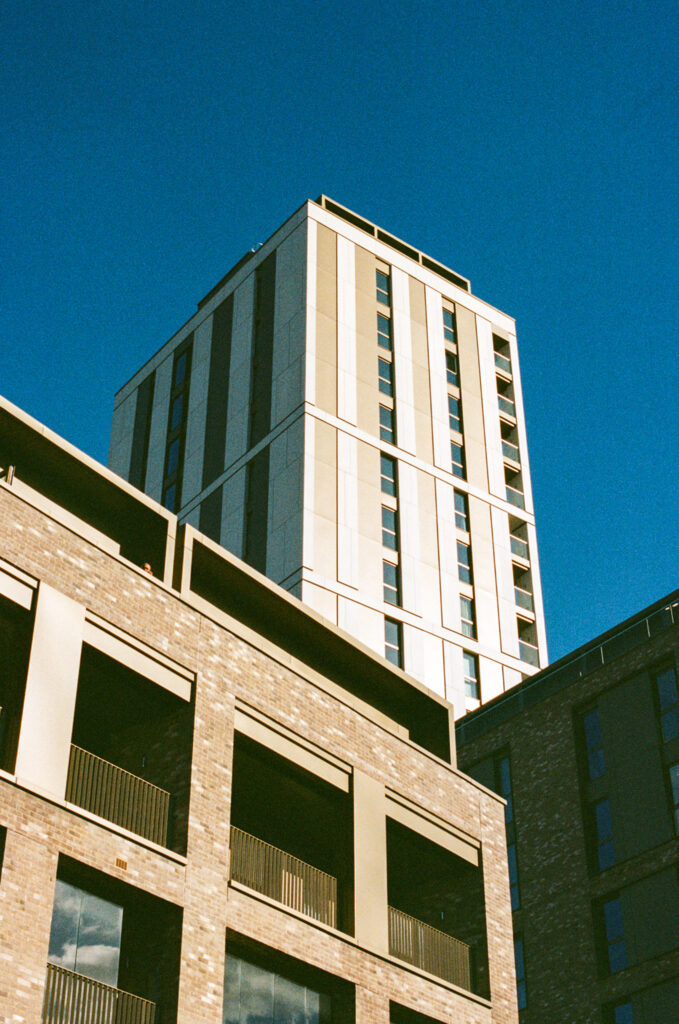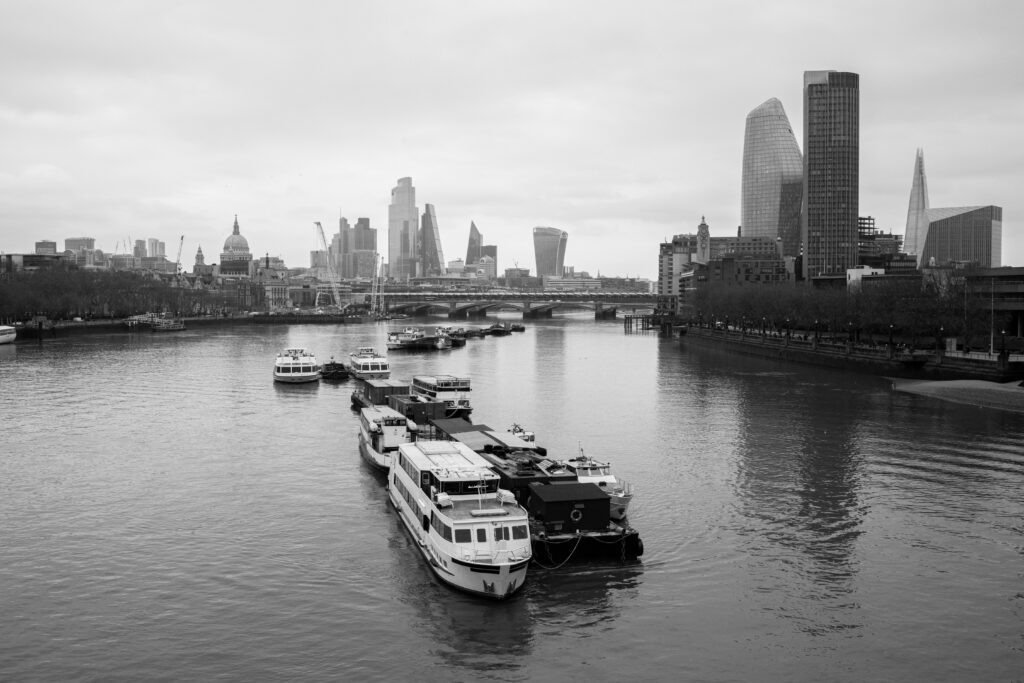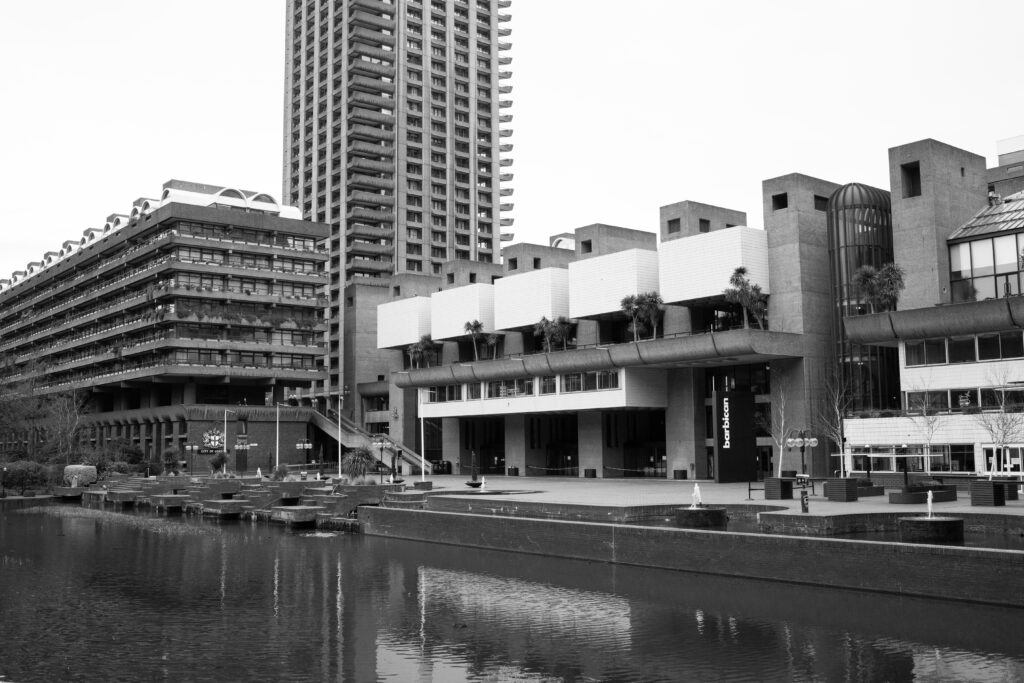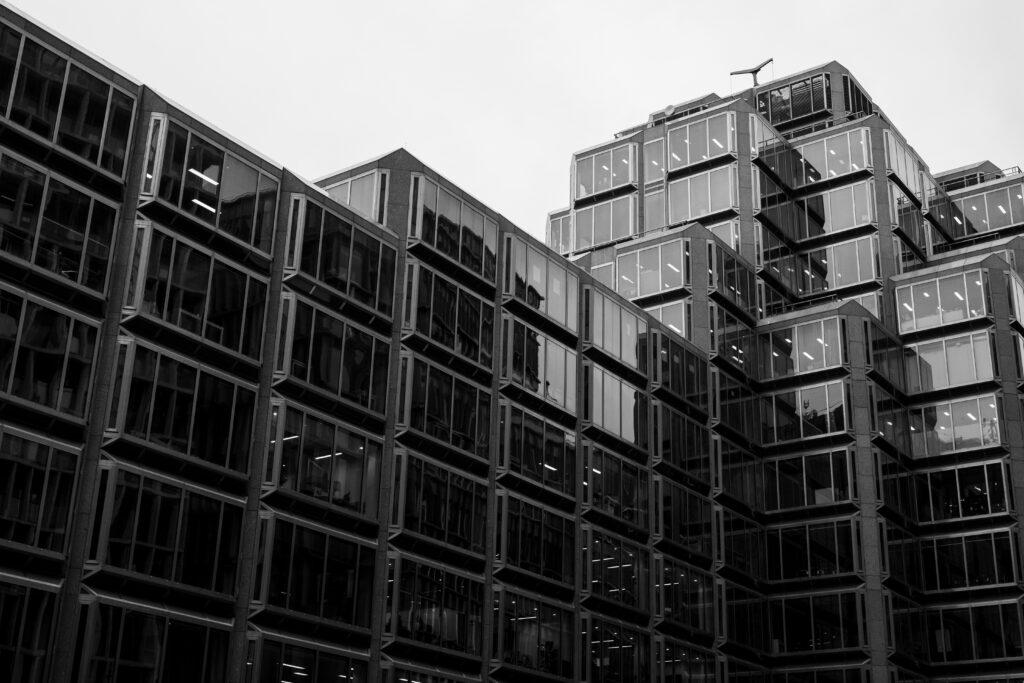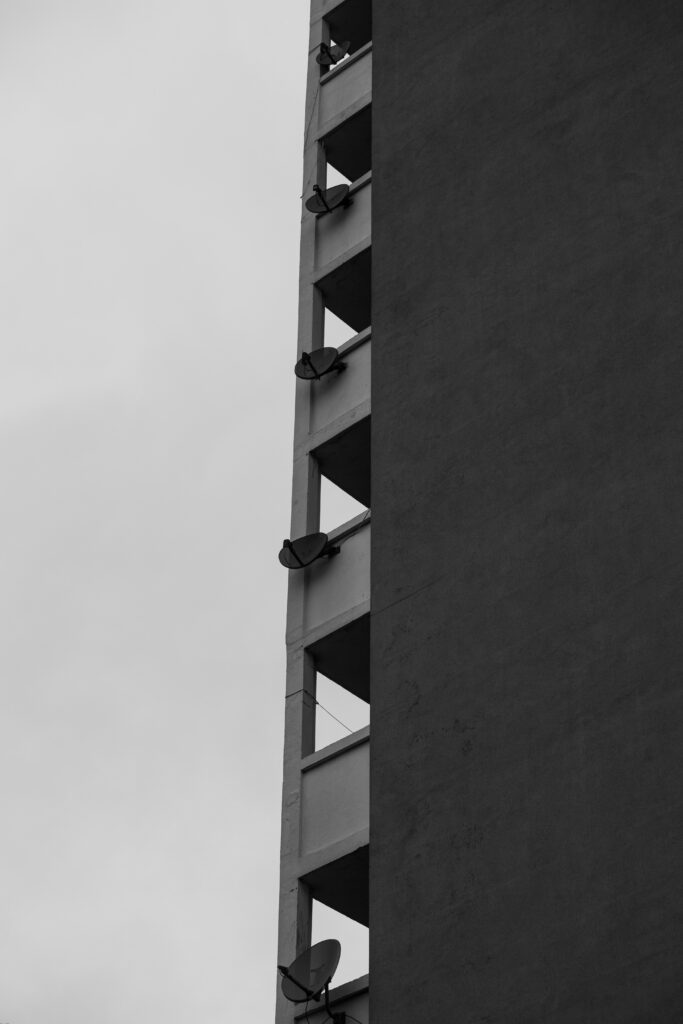 BBC News
BBC NewsBorrowing was £17.4bn last month, the second highest October figure since monthly records began in 1993.

During the pandemic, we published Will Purcell’s fantastic photographic essay on architecture during the pandemic. With the streets full of people once again, it’s interesting to look back.
Will Purcell
While it is easy to wallow in the emptiness of this pandemic there is a lot to celebrate in the architecture of the city and its surrounding suburbs. One long year ago, silent buildings were normally associated with being readied for demolition or redevelopment. Now silence can mean only one thing: the virus.
It’s fascinating how architecture designed for people stands up when the footfall is removed. The City of London certainly looms ominously in the quiet with tall glass structures, curved and reflective, towering over the old London banking lanes and largely empty passageways.
The neighbouring Barbican with its closed theatre and eerily muted walkways with Wyndham-esque pods somehow manages to retain a sense of warmth. Although deserted, save for the odd body at a desk in an adjacent block, it keeps the interest of the observer. It is a hard development surrounded by equally gritty high rises but in its textured and rough industrial concrete balconies there remains, even with everyone tucked away and hidden, a consoling sense of presence, even warmth.
South of the river, the National Theatre with its Brutalist layered concrete feels more than ever cold and alone. In sunlight, filled with people and life it can really soar, but during the winter of our pandemic it can appear an inexplicable relic. It is not alone, but just like the office blocks that surround Victoria Station, and which are usually lit up and full, the glass panels lie in darkness reflecting the world outside its walls.
In contrast, as habits change, people work from home and exercise and socialise near to where they live. Residences that sit in the middle of the action come to the fore. The suburbs are no longer the exclusive realm of the terraced house. High-rise flats demand attention on the horizon. Floor to ceiling bedroom windows overlooking community parks look like fixtures of the future.
Deprived of so many people, London becomes a myriad of lines and angles. With the softening sounds of chatter, footsteps temporarily suspended, and with the constant noise of the cars, buses and aeroplanes also reduced, it is an opportune time to explore the silent shadows of the city’s architecture and search out the little pockets of hope and colour that still exist across the boroughs waiting for the return of laughter and light switches.
